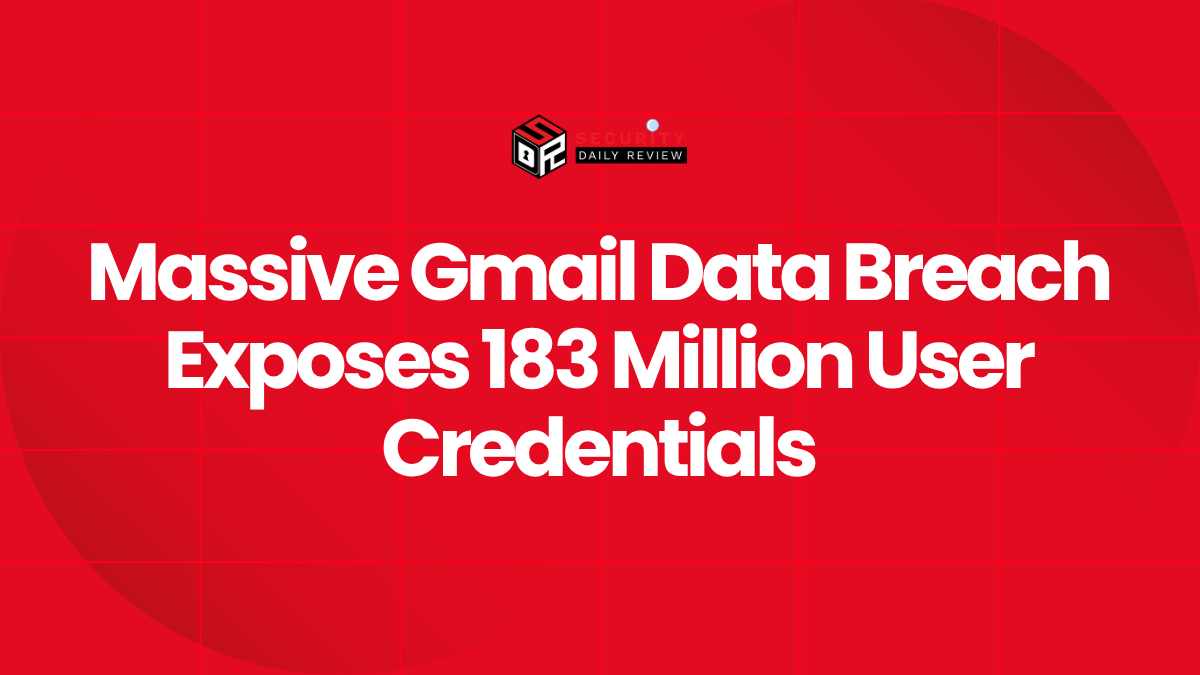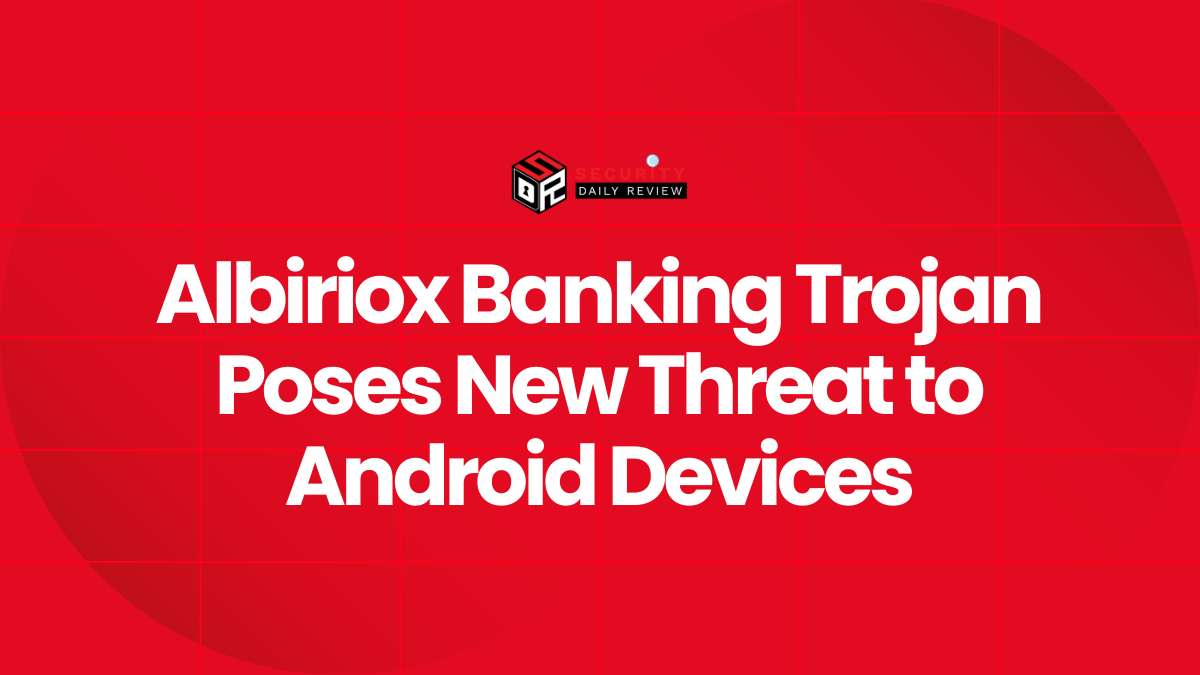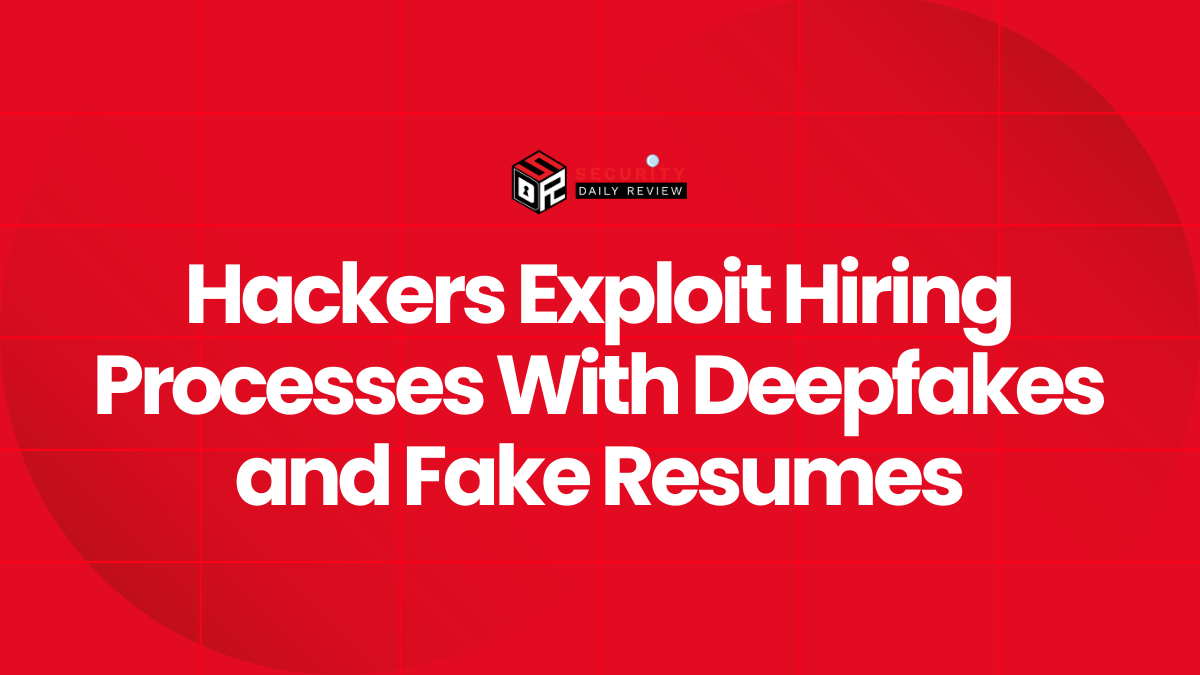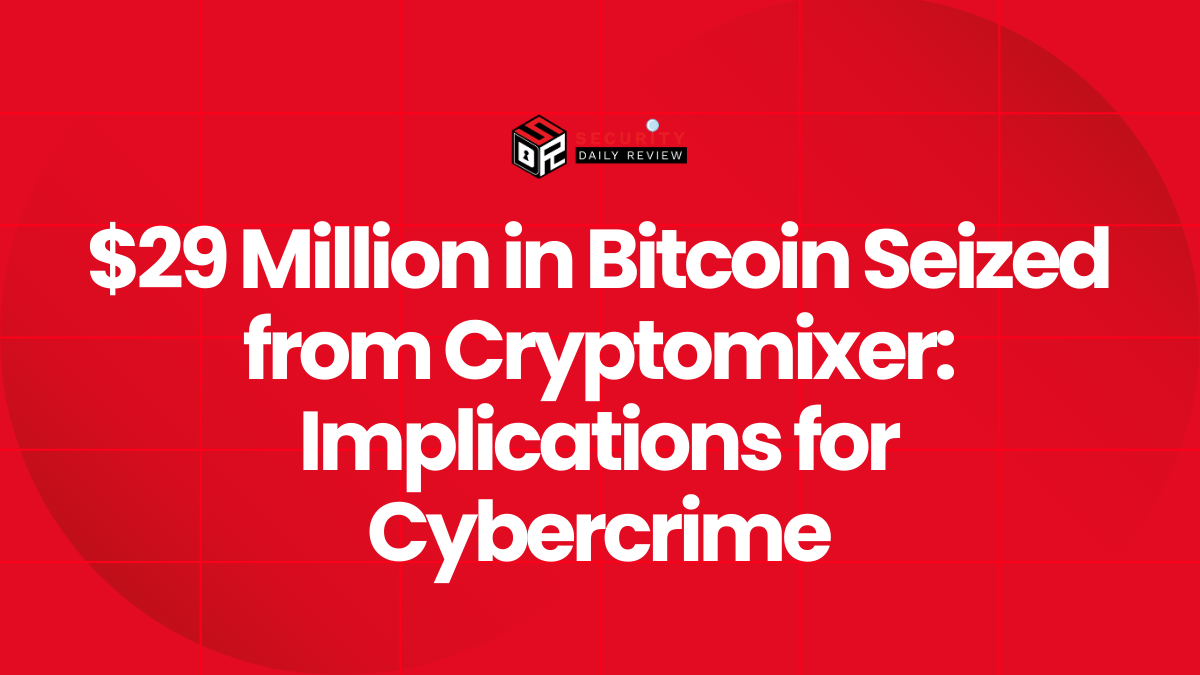A massive Gmail data breach has reportedly compromised the personal information and passwords of over 183 million users, raising new concerns about credential security and password reuse.
Synthient Data Dump Reveals 183 Million Gmail Addresses and Passwords
According to cybersecurity researcher Troy Hunt, owner of the Have I Been Pwned (HIBP) database, the breach originated from a vast aggregation of stolen data compiled by a threat intelligence company known as Synthient. The dataset, containing over 183 million unique email addresses, includes Gmail credentials harvested from stealer logs, credential stuffing lists, and compromised websites.
Synthient’s report, shared through HIBP, stated that the records were compiled from billions of threat data sources across the clear and dark web, including forums, social media platforms, Tor sites, and Telegram channels. After cleaning and deduplication, the final dataset still contained millions of Gmail accounts and associated passwords.
“The output of the stealer logs consisted primarily of three things: website address, email address, and password. Someone logging into Gmail ends up with their email address and password captured against Gmail.com,” Hunt explained.
The breach data has been incorporated into the Have I Been Pwned platform, allowing users to search for their email addresses, passwords, and affected domains. Hunt noted that approximately 92% of the compromised credentials were already included in earlier leaks, but 8%—around 16.4 million entries—are new and previously unseen.
Impact on Gmail Users and Credential-Based Threats
The inclusion of Gmail accounts in such a massive stealer log highlights the ongoing threat of credential-based cyberattacks. These attacks often exploit reused passwords, allowing threat actors to infiltrate not just email accounts but also banking, cloud storage, and workplace systems linked to those credentials.
The data was gathered from multiple information-stealing malware families that collect credentials directly from browsers or applications. Attackers frequently compile these logs into “combo lists” used in credential stuffing attacks—automated login attempts across multiple services using stolen email-password pairs.
If exploited, attackers can gain access to sensitive Gmail contents, reset passwords on connected accounts, or use compromised inboxes for phishing and fraud campaigns. Because Gmail is often linked to two-factor authentication and password recovery workflows, a compromise of such scale poses cascading risks across the digital ecosystem.
How to Check If Your Gmail Account Was Affected
Users can verify whether their credentials are part of the breach by visiting Have I Been Pwned, a trusted free service that cross-references email addresses with known breaches. The platform allows users to check if their email, password, or domain has appeared in leaked datasets.
If your Gmail account appears in the results, security experts recommend immediately changing your password and enabling multi-factor authentication (MFA). Users should also ensure that the compromised password is not reused across other online accounts, particularly for financial or workplace systems.
The term “pwned,” as used in the platform’s name, originates from gaming slang derived from “owned,” indicating control or compromise of a system—an apt metaphor for data breaches where users’ credentials are exposed.
Google Yet to Comment as Experts Urge Stronger Password Hygiene
As of publication, Google has not issued an official statement regarding the breach or whether it is investigating the exposure. However, cybersecurity professionals emphasize the importance of proactive defense measures, including password managers, MFA enforcement, and continuous credential monitoring.
With the increasing circulation of credential-stuffing datasets, users are urged to regularly audit their password practices and subscribe to breach-notification services. Even when large portions of breached data are old, attackers frequently recycle valid combinations that remain in use, giving old breaches new life in fresh attacks.









